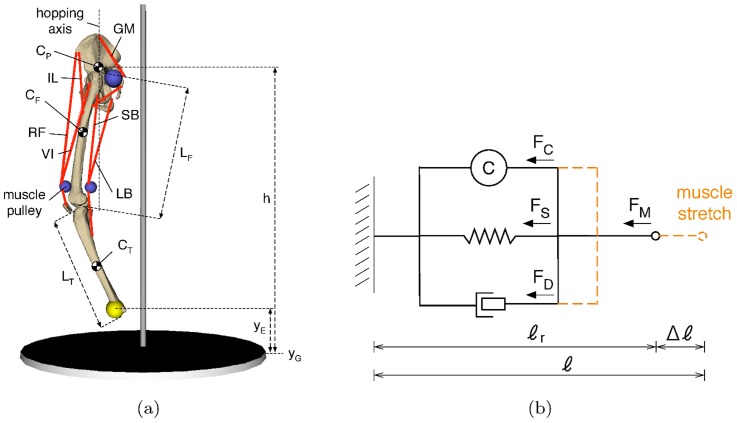Figure 3. The default musculoskeletal model used in our experiments.
a) The leg model comprises six muscles, the iliacus ( ), the rectus femoris (
), the rectus femoris ( ), the vastus intermedius (
), the vastus intermedius ( ), the gluteus maximus (
), the gluteus maximus ( ), the long biceps (
), the long biceps ( ), and the short biceps (
), and the short biceps ( );
);  and
and  represent the height of the end-effector and the ground respectively, and
represent the height of the end-effector and the ground respectively, and  represents the height of the hip.
represents the height of the hip. 
 and
and  show the centers of mass of the pelvis, femur and tibia, respectively.
show the centers of mass of the pelvis, femur and tibia, respectively.  and
and  are the lengths of the femur and the tibia, respectively; the centers of mass of these bodies are located in the geometrical center of the body. b) The 3-element muscle model used; it consists of a spring (
are the lengths of the femur and the tibia, respectively; the centers of mass of these bodies are located in the geometrical center of the body. b) The 3-element muscle model used; it consists of a spring ( ) and a damper (
) and a damper ( ) in parallel to the contractile element (
) in parallel to the contractile element ( ).
).

